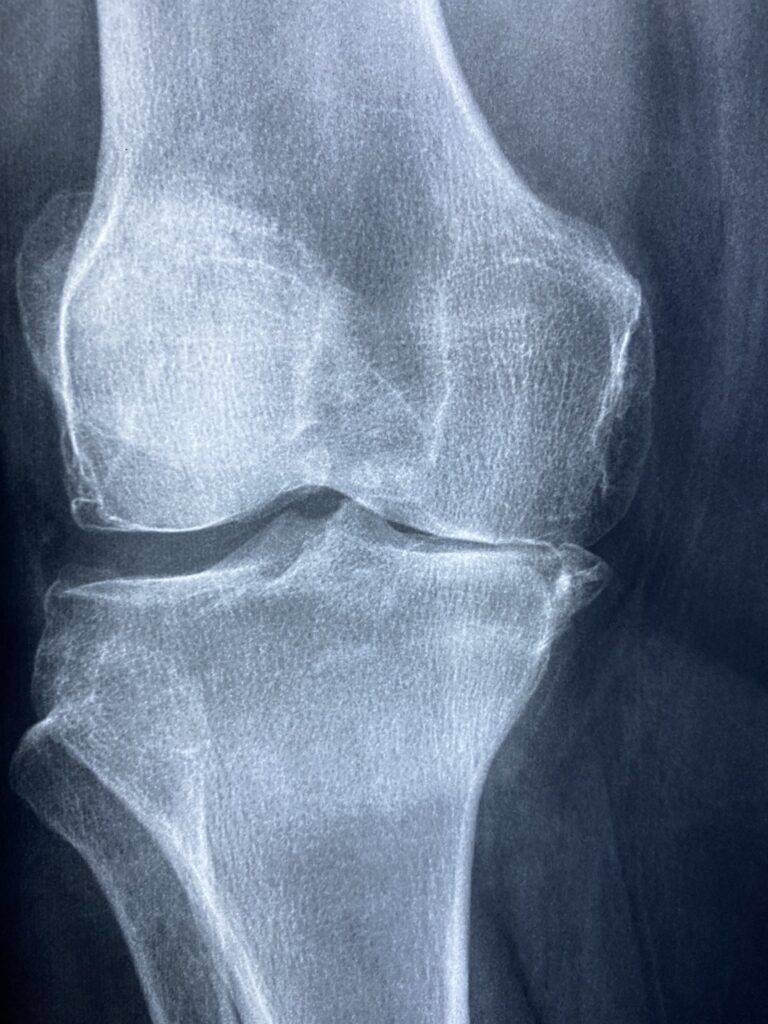Understanding Deep Vein Thrombosis (DVT): Symptoms, Causes, and Treatment
What is Deep Vein Thrombosis (DVT)? Deep vein thrombosis (DVT) is a serious medical condition characterized by the formation of blood clots, or thrombi, in the deep veins of the body, typically in the legs. These blood clots can partially or completely block blood flow, leading to potentially life-threatening complications if they break loose and travel to the lungs, causing a pulmonary embolism (PE).
Symptoms of Deep Vein Thrombosis:
- Swelling in the affected leg, often accompanied by pain or tenderness
- Red or discolored skin over the affected area
- Warmth or increased heat in the affected leg
- Visible veins or prominent surface veins
- Leg fatigue or heaviness, especially when standing or walking
Causes of Deep Vein Thrombosis:
- Stasis: Reduced blood flow in the veins, often due to immobility during prolonged periods of sitting or lying down (such as during long flights or bed rest).
- Injury to the Blood Vessel: Trauma or injury to the veins, such as fractures or surgery, can trigger the formation of blood clots.
- Hypercoagulability: Conditions or factors that increase the risk of blood clotting, such as inherited blood clotting disorders, cancer, hormonal contraceptives, or pregnancy.
- Endothelial Damage: Damage to the inner lining of the blood vessels, caused by inflammation, infection, or chronic conditions such as atherosclerosis.
Risk Factors for Deep Vein Thrombosis:
- Prolonged immobility, such as long-distance travel or bed rest
- Surgery or trauma, especially involving the lower limbs or pelvis
- Advanced age
- Obesity
- Smoking
- History of previous DVT or PE
- Use of hormonal contraceptives or hormone replacement therapy
- Pregnancy or recent childbirth
- Cancer or chemotherapy treatment
Diagnosis of Deep Vein Thrombosis:
- Medical History and Physical Examination: Your healthcare provider will inquire about your symptoms, medical history, and risk factors for DVT. A physical examination may reveal swelling, tenderness, or other signs suggestive of DVT.
- Imaging Studies: Imaging tests such as ultrasound, venography, or CT scan may be performed to visualize the veins and detect the presence of blood clots.
Treatment of Deep Vein Thrombosis:
- Anticoagulant Medications: Blood-thinning medications, such as heparin or warfarin, are commonly prescribed to prevent the growth of blood clots and reduce the risk of complications. Newer oral anticoagulants (NOACs), such as rivaroxaban or apixaban, may also be used.
- Thrombolytic Therapy: In severe cases of DVT or PE, thrombolytic medications may be administered to dissolve the blood clot quickly and restore blood flow.
- Compression Therapy: Wearing compression stockings or sleeves can help improve blood flow in the legs and reduce swelling.
- Elevation and Movement: Elevating the affected leg and engaging in regular physical activity, such as walking or ankle exercises, can help prevent blood clots and improve circulation.
Prevention of Deep Vein Thrombosis:
- Maintain a healthy weight and lifestyle, including regular exercise and a balanced diet.
- Stay hydrated and avoid prolonged periods of immobility, especially during long flights or car rides.
- If you have risk factors for DVT, such as surgery or pregnancy, discuss preventive measures with your healthcare provider, such as using compression stockings or anticoagulant medications.
Conclusion: Deep vein thrombosis (DVT) is a serious medical condition that requires prompt diagnosis and treatment to prevent potentially life-threatening complications. By understanding the symptoms, causes, risk factors, and treatment options for DVT, individuals can take proactive steps to reduce their risk and promote overall vascular health. If you experience symptoms suggestive of DVT, such as leg swelling or pain, seek medical attention promptly for evaluation and appropriate management.




